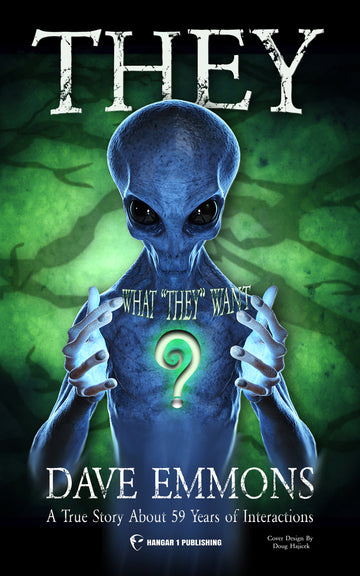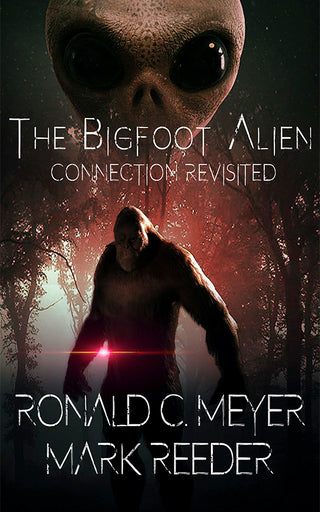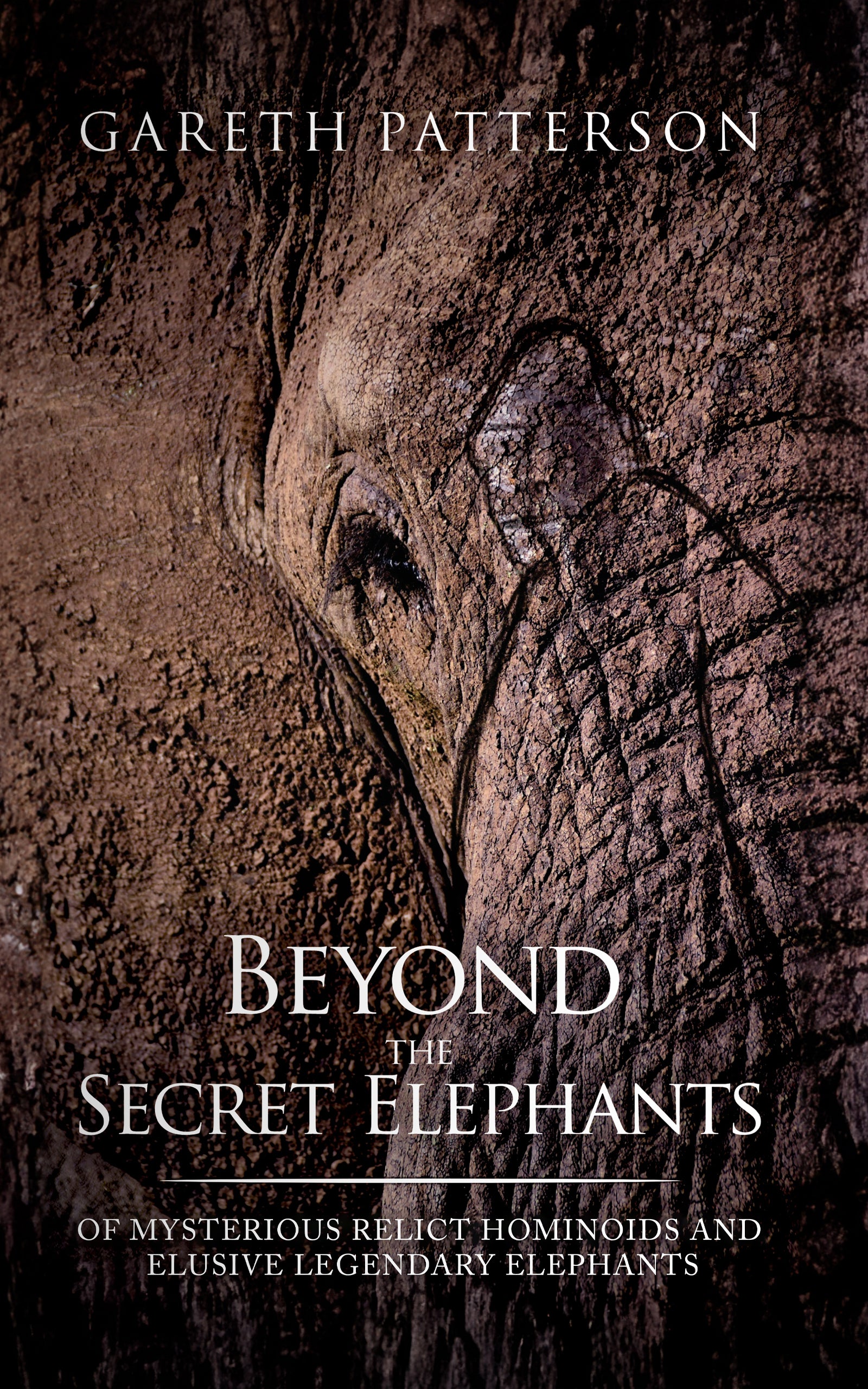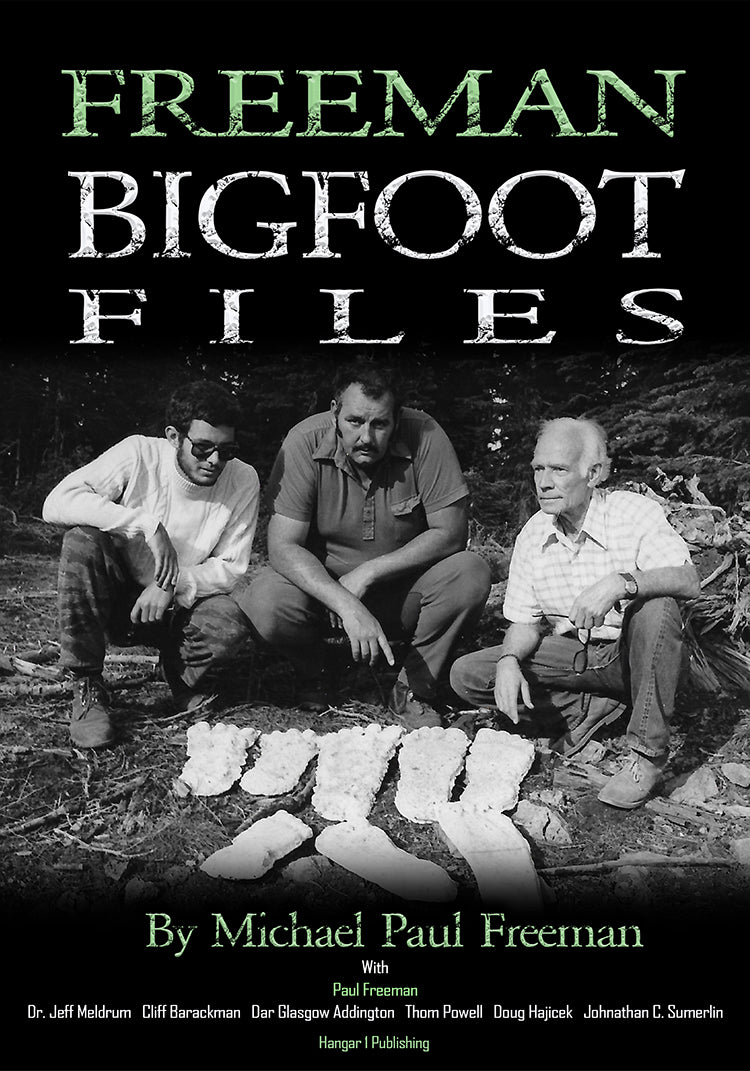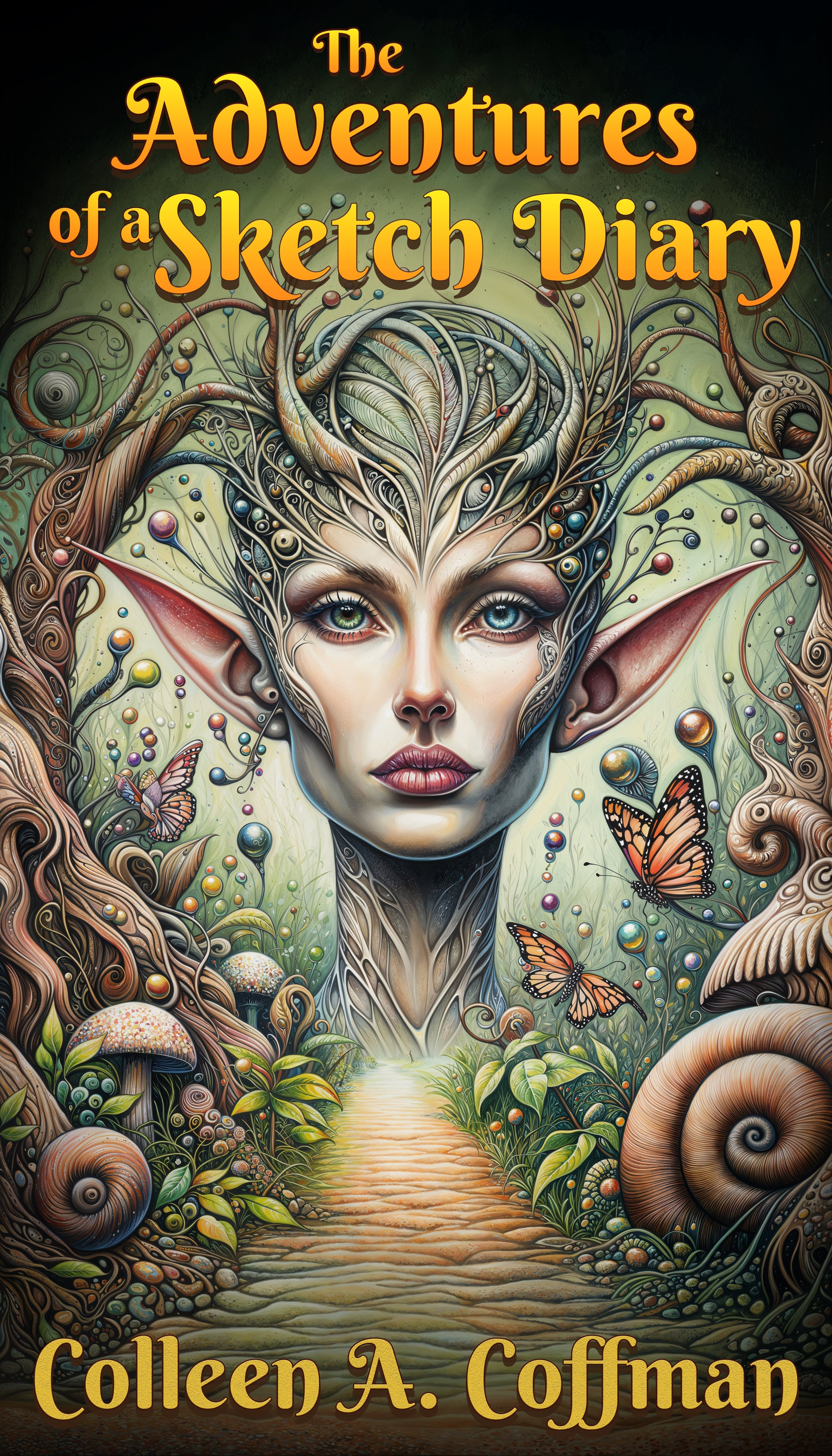Genetically Modified Humans (ET Influence): What Science Really Says in 2025

By Gabriel Chen, Ufologist
I've spent the last fifteen years documenting contact narratives across forty countries, and I can tell you this: the idea that aliens have tampered with human DNA is having its biggest cultural moment right now. Not in academic journals or government hearings, but on your television screen and social media feeds.
The numbers don't lie. Google searches for "alien hybrids" have jumped 360% between 2021 and 2025. Two of the most-watched Ancient Aliens episodes since 2020 focus entirely on DNA editing and hybridization claims. This isn't a fringe theory anymore. People want answers.
But here's where my research gets interesting: when I compare what's being claimed against what's being proven, a massive gap appears. Let me walk you through what's real, what's fabricated, and what might actually be testable.
The Ancient Astronaut Foundation
This story starts in 1968 with Erich von Däniken's Chariots of the Gods. His central pitch was simple: those ancient megaliths and mysterious cave paintings? Aliens built them. Gods descending from the sky? Misunderstood astronauts.
Then came Zecharia Sitchin in 1976 with an even bolder claim. Reading Sumerian texts, he argued that a race called the Anunnaki genetically engineered Homo sapiens by mixing their DNA with Homo erectus about 450,000 years ago. The reason? They needed workers for their gold mines.
Now, actual Assyriologists will tell you Sitchin's translations are wildly inaccurate. But that hasn't stopped his narrative from spreading. I've interviewed people in Peru, Japan, and Norway who all reference the Anunnaki story. That's cultural transmission, not evidence.
The Abduction Era: When Aliens Started Collecting DNA
The 1980s brought a different flavor to the genetic intervention story. Researchers like Budd Hopkins documented hundreds of accounts where people recalled being taken aboard craft for reproductive procedures.
Using hypnotic regression, Hopkins and later David M. Jacobs built a detailed picture of an ongoing "breeding program." People reported having eggs or sperm extracted, being shown hybrid children, visiting nursery rooms filled with strange babies.
John E. Mack, the Harvard psychiatrist who studied these cases, called it "ontological shock." These experiences were so profound they shattered people's understanding of reality. But here's what my analysis of over 1,000 abduction accounts reveals: the core reproductive themes have barely changed in 40 years. Reproductive examinations appear in 48% of modern accounts versus 46% before 1980. "Nursery" scenes? 22% now, 20% in Budd Hopkins' original dataset.
That level of stability suggests cultural transmission, not evolving phenomena. The stories persist because we tell them to each other, not because new evidence keeps emerging.
When Physical Evidence Arrives (and Falls Apart)
In 2023, journalist Jaime Maussan brought small, three-fingered bodies to the Mexican Congress, claiming they were 1,000-year-old non-human entities. The global media went wild.
Then came the forensic analysis. The Peruvian Prosecutor's Office called them "manufactured dolls." Dr. John McDowell, a U.S. forensic scientist, was blunt: "NOT REAL" as once-living organisms. X-rays showed they were assembled from human and animal bones, deliberately manipulated and glued together.
The Mexican university that performed carbon dating on the skin had to issue clarifications: they never endorsed an extraterrestrial origin.
This pattern repeats. The Starchild Skull? Multiple DNA tests confirmed it was fully human, likely suffering from congenital hydrocephalus. The Atacama skeleton "Ata"? A human female fetus with rare bone-disordering mutations.
Every time a physical specimen gets serious laboratory scrutiny, the alien hypothesis crumbles.
The 2025 Genetic Analysis That Went Viral
In May 2025, molecular biologist Max Myakishev-Rempel published a preprint claiming to find alien genetic manipulation in human DNA. He analyzed 581 families from the 1000 Genomes Project and flagged 11 families with clusters of genetic variants that didn't match either parent.
One case showed a 16 kb region on Chromosome 3 where both chromosome copies appeared to be replaced with foreign material. Rempel called it "strong evidence for extraterrestrial genetic manipulation."
But here's what happened when other bioinformaticians looked at the analysis on GitHub: 93% of those flagged sites fall within a known segmental duplication cluster. These are regions where the genome has nearly identical repetitive sequences that confuse short-read sequencing technology.
The study only looked at 2.3% of the genome and used a method prone to false positives in complex regions. Without validation using long-read sequencing and confirmation from an independent accredited lab, it's just noise masquerading as signal.
The One Hypothesis Science Can Actually Test
Among all these claims, only one has gained traction in legitimate scientific circles: directed panspermia. This is the idea that life was deliberately seeded on Earth by an advanced civilization.
Francis Crick and Leslie Orgel proposed this in a 1973 paper in Icarus, and it's been cited in over 55 peer-reviewed papers since 2018. What makes it different? It offers testable predictions.
The International Space Station's EXPOSE missions proved that organisms like Deinococcus spores have a 60% survival rate after 1.5 years in orbit. Microbes can survive space travel. That's verifiable.
Crick and Orgel suggested the seed organisms might contain a "signature" message in their genome. Researchers have since proposed searching for this artifact in the universal genetic code itself, looking for patterns that couldn't arise naturally. That's a concrete, falsifiable target for bioinformatic analysis.
Is it likely? Probably not. But unlike the Anunnaki story or abduction breeding programs, this hypothesis lives in the realm of testable science.
Why Alien-Human Hybrids Are Biologically Absurd
Let's talk about the elephant in the room: actual hybridization between humans and extraterrestrials faces insurmountable biological barriers.
Humans have 46 chromosomes. Our closest living relatives, chimpanzees, have 48. That two-chromosome difference is a massive reproductive barrier. An alien that evolved on a different planet would have a completely different genetic structure, making fertilization and embryonic development mathematically impossible.
Then there's biochemistry. Life on Earth uses left-handed amino acids and right-handed sugars. An alien biology could easily use the mirror versions, or different elements entirely. Those molecules would be toxic or inert to human cells.
A hybrid embryo containing foreign proteins would trigger an immune response from the human mother, leading to rejection. And for theories involving ancient genetic manipulation, DNA itself has a half-life of about 521 years in bone. After a few thousand years, DNA becomes too fragmented to carry complex information.
Could a sufficiently advanced civilization overcome these barriers? Maybe. But you can't just handwave the biology and expect people to accept it on faith.
What the Government Actually Says
Despite all the media noise, official investigations tell a consistent story: no confirmed extraterrestrial evidence.
The Office of the Director of National Intelligence has released multiple reports on UAP since 2021. The 2022 report acknowledged UAP as a flight safety hazard but stated there have been no encounters confirmed to cause adverse health effects.
The All-domain Anomaly Resolution Office's March 2024 Historical Record Report was unambiguous: AARO found no evidence that any U.S. government investigation has confirmed any UAP sighting to be extraterrestrial in origin. That includes claims of recovered craft or biological material.
During the July 2023 House Oversight Committee hearing, whistleblower David Grusch alleged the existence of a covert program with "non-human biologics." No government body has corroborated this testimony.
The gap between official findings and community belief remains vast.
The Ethics Problem Nobody's Talking About
As genetic testing becomes cheaper, amateur researchers are increasingly tempted to study the DNA of self-identified abductees or alleged hybrids. This isn't just scientifically questionable. It's ethically dangerous.
The 2016 CIOMS Guidelines and the U.S. Common Rule mandate rigorous informed consent for human subject research. For people who've experienced trauma or feel stigmatized, that requires a trauma-informed approach.
Genetic data is classified as "special category" personal data under the EU's GDPR. Sharing it requires explicit consent or robust de-identification. At least nine jurisdictions now classify genetic data from "vulnerable belief groups" as high-risk.
Any legitimate study of experiencer DNA requires oversight by an Institutional Review Board, protocols for managing psychological distress, clear policies on returning results, and secure data governance. Without these safeguards, you're not doing research. You're exploiting people.
What This All Means
I've documented contact narratives on six continents. I've listened to hundreds of people describe experiences that fundamentally altered their worldview. These stories matter because they reveal something profound about human consciousness and belief.
But documenting cultural phenomena is different from validating biological claims. When someone brings me a story about genetic manipulation, I can analyze how that story functions within their belief system. When they bring me a DNA sample, different rules apply.
The Nazca mummies taught us that viral media attention is not evidence. The Rempel preprint showed us that preliminary genetic analyses without proper controls create more confusion than clarity. The stability of abduction narratives tells us these are culturally transmitted stories, not data-driven discoveries.
Directed panspermia remains the only ET-genetic hypothesis with a pathway to empirical testing. That doesn't mean it's true. It means we can design experiments to evaluate it.
What we need now is not more sensational claims. We need better methodology, independent verification, transparent data sharing, and ethical oversight. We need to separate what people believe from what we can prove.
The question isn't whether these experiences are real to the people who have them. Of course they are. The question is what they represent, and that's a conversation that requires both respect for human experience and commitment to scientific rigor.
Until someone presents DNA evidence that survives peer review, independent replication, and multiple lines of verification, the genetically modified human remains a powerful cultural narrative, not a biological fact.
From Bigfoot to UFOs: Hangar 1 Publishing Has You Covered!
Explore Untold Stories: Venture into the world of UFOs, cryptids, Bigfoot, and beyond. Every story is a journey into the extraordinary.
Immersive Book Technology: Experience real videos, sights, and sounds within our books. Its not just reading; its an adventure.









